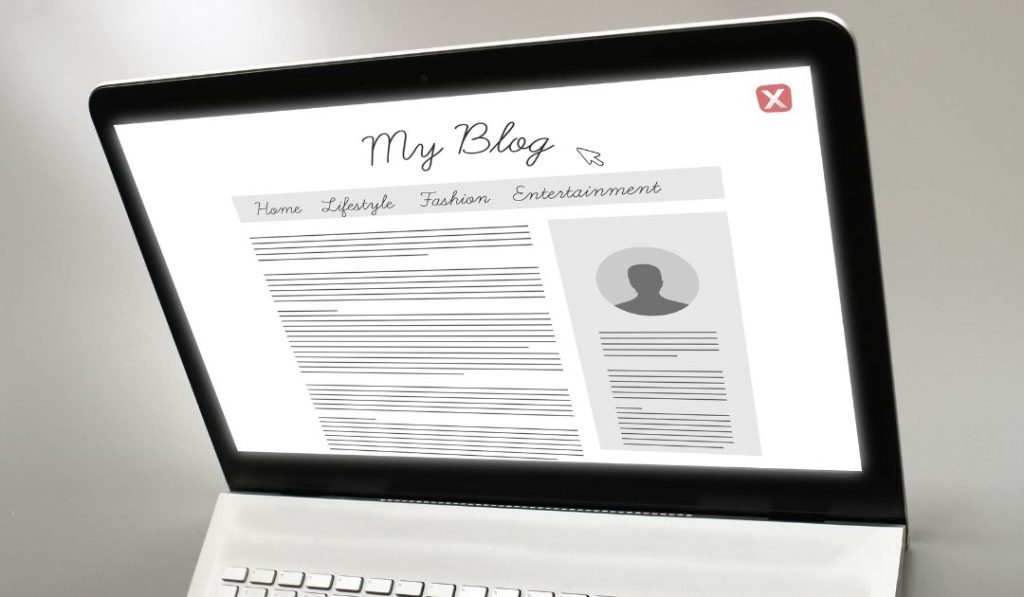
Many businesses produce good content. So how can you further improve and make it excellent content? Learn the 8 tips to make content improvements.
Why does it seem like you do all the right things and yet your content still doesn’t rise to the top on search engine results? What might be holding you back is the difference between creating good content and excellent content.
With some minor adjustments, you can transform your content from good to excellent. Here’s what your content might be missing.

Original content that includes research or first-hand experience can help your content rank and distinguish it from existing content. Thought leadership comes from experts within your company who know your industry or products and services in a way the average person does not.
While you’ll want to have content that covers the basics of the topic you’re writing about, you also must cover unique, researched topics that show your expertise.
Who should publish thought leadership? Here are a few roles that often hold important insights that can become thought leadership.
Anyone who has access to information that the general public might not be a thought leader.
Duplicating the content that your competitors are producing is unlikely to result in excellent content. Instead, you’ll have content that mirrors what others are doing.
You might bring together multiple thoughts and concepts that are out there and present them in a new way. That can take someone else’s good content and make it outstanding.
So it’s not to say you can’t read what others are saying and use parts of it as a basis for your content. But you’ll need to present new ideas and go more in-depth with your content than your competitors did.
The foundation of excellent content starts with pillar posts. These posts are incredibly in-depth on a topic. It’s basically creating a one-stop place for a reader to get started learning about a topic.
You’ll use these in-depth guides as the foundation for your other posts and link back to them. That way, if a user stumbles upon that shorter content and wants to go deeper, they can read your full guide on the topic.
Providing readers with various article types and depths serves their various needs. They might be coming to your website for general information or to explore in greater depth. And once a user has found what they were looking for once on your website, they are more likely to return when they need to know more or to subscribe to your newsletter to stay in touch and keep reading.
Good content engages readers and makes them interested in what you’re offering. But ideally, you want users to take the next step with you, which might mean sharing their contact data with you.
A smart way to make this happen is to offer a downloadable asset or lead magnet. This can help serve your website visitors’ needs by providing unique insights they won’t find elsewhere while also serving your needs to learn more about the customer and invite them to stay in touch with your company.
Going from good to excellent content means making the content work for you. To do that, you’ll need strong calls to action that don’t sound too much like a sales pitch but also are compelling enough to get customers to take the next step.
At this point, maybe you have thought leadership and you’re executing careful content planning. But what could be holding you back is poor writing technique.
You want your readers to be drawn in to read more and learn about what you have to share. To do that, you’ll need to write clearly. Writing content for a website or corporate blog does not call for the kind of writing you did in high school or college.
In education, teachers likely rewarded unclear writing that consisted of passive voice, longer sentences and advanced vocabulary. Modern readers and search engines will not reward you for that type of writing.
When citing a source, don’t use footnotes that are hard to find and reference. Just hyperlink your text. Use active voice as much as possible. Some industries struggle with active voice. One example of this is the legal industry where laws are all in passive voice and proper legal terms require writers to use passive voice.
But that doesn’t mean you can’t try to use active voice when you are not quoting a law or when illustrating an example that helps explain the law in greater depth.
Ideally, you want your content to rank in the 50s or 60s for Flesch-Kincaid readability. Again, some industries will struggle to accomplish this because larger words are just a part of that industry or the products and services you sell. But putting content through an online test for Flesch-Kincaid can offer vocabulary alternatives or alert you to opportunities where you can improve your writing’s readability.

Blog formatting is essential to making your content attractive to readers. Bulleted lists, headings and visuals all make your content look easier to read. Avoiding reading fatigue will help you retain website visitors as they stay on the page to continue learning more.
When formatting your blogs, look to include the following:
Longer paragraphs and complicated sentence structures will be more challenging for a reader to engage with. You want to keep paragraphs to 1-3 sentences and keep sentences to 20 words or less.
That’s not to say you want your writing to be choppy or cheesy. You don’t want to insult your reader’s intelligence, but you don’t want to make your content hard to understand either.
Use good sentence length variation but avoid really long sentences made up of several clauses.
Industry jargon, or words that only your industry understands, won’t help your average reader gain greater insights into the topic. Instead, you need to make your topic simple and clear by using common words.
Hard-to-read or extremely rare words will make your blogs only interesting to others in your field, which likely isn’t who you are trying to reach.
Businesses who entrust their content marketing to a team of experts are more likely to succeed. Learn more about how to succeed with excellent content by scheduling a free consultation with the New Light Digital team.
Further reading:
[…] what exactly is excellent content? While that phrase is subjective and varies depending on the platform, here are some broad […]